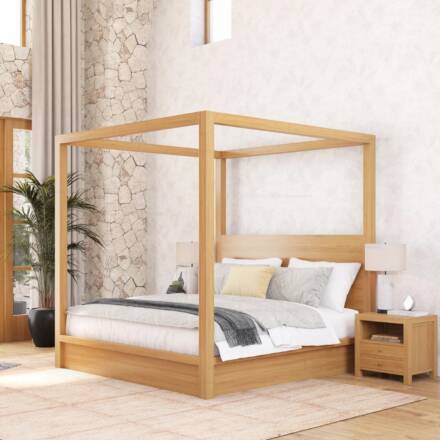Designing a personal space for golf practice is a rewarding idea for any enthusiast. A home studio can bring the practice range closer and allow consistent play regardless of the weather. Before setting one up, it is essential to understand the requirements, costs, and layout that will make the space both functional and enjoyable.
One of the earliest choices involves deciding if a golf simulator should be part of the setup. This feature often shapes the type of equipment needed, the amount of space required, and the overall budget, making it a central factor in the planning stage.
Choosing the Right Space
The first step is finding a suitable area. A garage, basement, or spare room can work well, but the space must allow for full swings. High ceilings are important, ideally at least nine feet, to prevent restricted movement. Width and depth matter too, with enough room for both right-handed and left-handed players.
Lighting should be checked carefully. Natural light is pleasant but may interfere with screens or projection if a simulator is used. Adjustable artificial lighting provides flexibility and ensures clarity during play. Flooring must also support both comfort and durability, with turf or sports flooring often being the best option.
Equipment That Matters
The heart of a home golf studio lies in its equipment. At the most basic level, this includes a quality mat, net, and monitoring device. Higher-end setups can involve advanced technology such as sensors, projectors, and high-definition screens.
When selecting clubs for indoor play, durability and wear should be considered. Using an old or secondary set can help preserve premium clubs for outdoor rounds. Ball choice is also important, as some balls are designed specifically for indoor practice to reduce damage and noise.
Budgeting for the Project
Costs may vary depending on the level of sophistication. A simple net and mat setup can be achieved for a few hundred dollars, while a more advanced studio can run into several thousand. Careful planning prevents overspending and ensures resources are allocated to the most valuable aspects.
It is wise to create a clear budget before beginning. This budget should cover equipment, flooring, screens, lighting, and any required renovations. Always leave room for unexpected expenses, such as soundproofing or structural adjustments.
Technology and Software
For those who want a more immersive experience, technology plays a major role. Launch monitors, swing analyzers, and projection systems can provide detailed feedback. Software often includes virtual courses, swing analysis tools, and multiplayer features.
Not all systems are equal. Some focus on data accuracy, while others lean toward entertainment. Deciding what the studio’s primary purpose will be helps narrow down the best software. Accuracy matters most for players focused on improvement, while entertainment systems may suit family or casual use.
Layout and Design Tips
Designing a functional layout ensures smoother play and fewer adjustments later. The hitting area should be centered with enough clearance behind and in front. Screens should be mounted at the correct distance, avoiding distortion and damage.
Here are a few tips for designing your home studio:
- Position the net or screen at least 10–12 feet from the hitting spot.
- Allow at least three feet of space behind the screen for safety.
- Keep enough room on both sides for unrestricted swings.
- Place monitors and projectors where they do not interfere with play.
A tidy layout makes the studio easier to maintain and enhances the experience.
Acoustics and Noise Control
Noise can be a challenge in home studios. The sound of shots against nets or screens may disturb others in the house or neighbors. Acoustic panels, carpeting, or insulation can help absorb impact sounds.
Soft balls or limited-flight practice balls can reduce noise further. For households with shared walls or close neighbors, investing in soundproofing early avoids future complaints and interruptions.
Maintenance and Upkeep
Maintaining a golf studio keeps the equipment in good shape and ensures accurate results. Mats and nets wear over time and need periodic replacement. Electronics should be kept dust-free and updated with the latest software.
Regular inspections prevent larger issues. Check for loose fixtures, fraying nets, or projector misalignment. Consistent care extends the lifespan of the investment and maintains performance.
The Value of a Home Golf Studio
A well-planned studio provides year-round practice and entertainment. It saves time compared to trips to the driving range and can be tailored to personal needs. For serious players, it offers a chance to improve technique in a controlled environment. For casual users, it delivers a fun and convenient way to enjoy the sport indoors.
The benefits extend beyond practice, as the studio can also serve as a social hub. Family members and friends can participate, turning practice into shared recreation. A dedicated studio ultimately adds both value and enjoyment to everyday life.
Building a home golf studio requires careful thought, smart budgeting, and a clear understanding of goals. Attention to space, equipment, and technology ensures a practical and enjoyable setup. Including a golf simulator can elevate the experience, providing data-driven insights and interactive play. With the right planning, the result is more than just a practice area. It becomes a personal retreat where passion for the game thrives, no matter the season.






